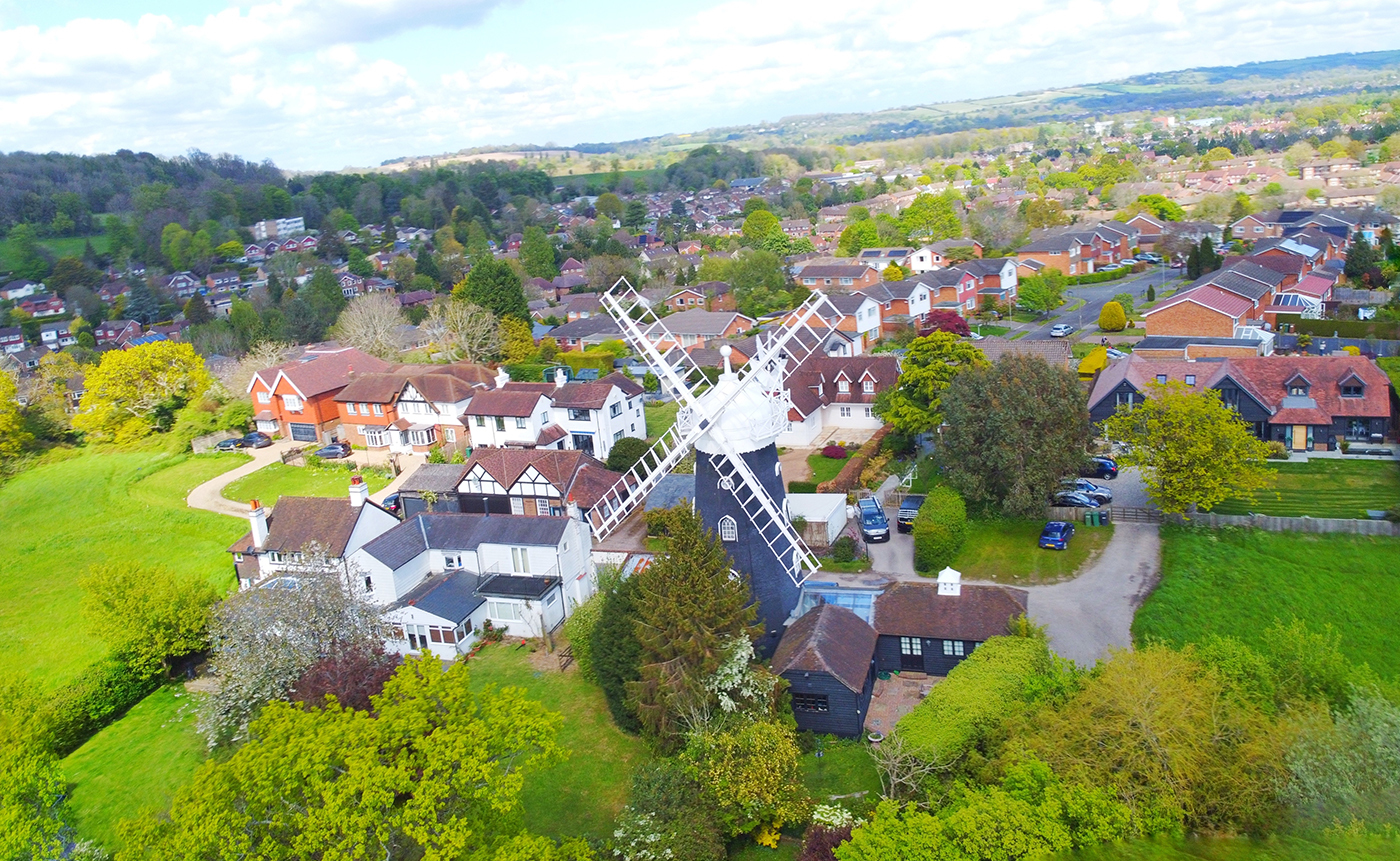Reigate & Banstead Borough Council has placed the Unique Property Reference Number (UPRN) at the heart of a major transformation in how residents’ access local services and information. By building a digital system anchored around individual properties, the council delivers fast, accurate, and personalised content—cutting through the complexity of traditional, map-based interfaces. The result is a service that’s simpler for residents to use and far more scalable and sustainable for the council.

Serving a diverse community in Surrey, Reigate & Banstead Borough Council is committed to digital innovation and improving the resident experience. With a clear focus on accessibility, efficiency, and modernisation, the council is using geospatial data in smarter, more impactful ways.
The challenge
Many councils rely on map-based interfaces to present geospatial content to the public. However, internal research and collaboration with their GIS provider highlighted that these interfaces, while visually engaging, often fall short in terms of accessibility, speed, and cost-effectiveness. Residents with limited digital confidence or accessibility needs can find map navigation cumbersome or unclear. The council wanted to find a more intuitive and scalable solution; one that could provide personalised information, directly tied to individual properties, as well being able to be displayed on a map interface.
The solution
At the core of the council’s new resident-facing portal is the Unique Property Reference Number—a consistent and unambiguous identifier for every addressable location. Residents can simply enter their address and be directed to a unique, UPRN-linked page with personalised information relevant to their home.
This approach makes use of the UPRN’s unique power to link datasets across departments and services—such as waste collection, planning updates, and council tax—giving each resident fast and precise access to what matters most to them. The use of Government Digital Service (GDS) design principles ensures the service is fast, inclusive, and easy to use.
Working with internal stakeholders, UX specialists, and GIS experts, the council developed a system that integrates directly with its geospatial database via API. This ensures that all data—ranging from bin collection schedules to planning notices—is live and accurate. Crucially, by structuring the portal around UPRNs, the council has laid the groundwork for future interoperability with national datasets and emerging technologies.

The benefits
The UPRN-centric model has delivered measurable benefits:
- Faster access to local information without the need for map navigation
- Property-specific personalisation, improving resident satisfaction
- Live, accurate data through real-time integration with internal systems
- Scalability, enabling easy expansion and integration of new services
- Reduced support queries and increased digital confidence among users
Feedback from residents has been overwhelmingly positive, particularly among those who previously found online maps difficult to use. Internally, teams benefit from a more efficient way to manage and distribute data, with reduced support queries and improved user satisfaction.
By putting UPRNs at the centre of its digital strategy, Reigate & Banstead Borough Council has demonstrated how location data can unlock smarter, more responsive local services. This approach not only improves the resident experience but also supports the council’s broader goals for efficiency, sustainability, and future innovation.



